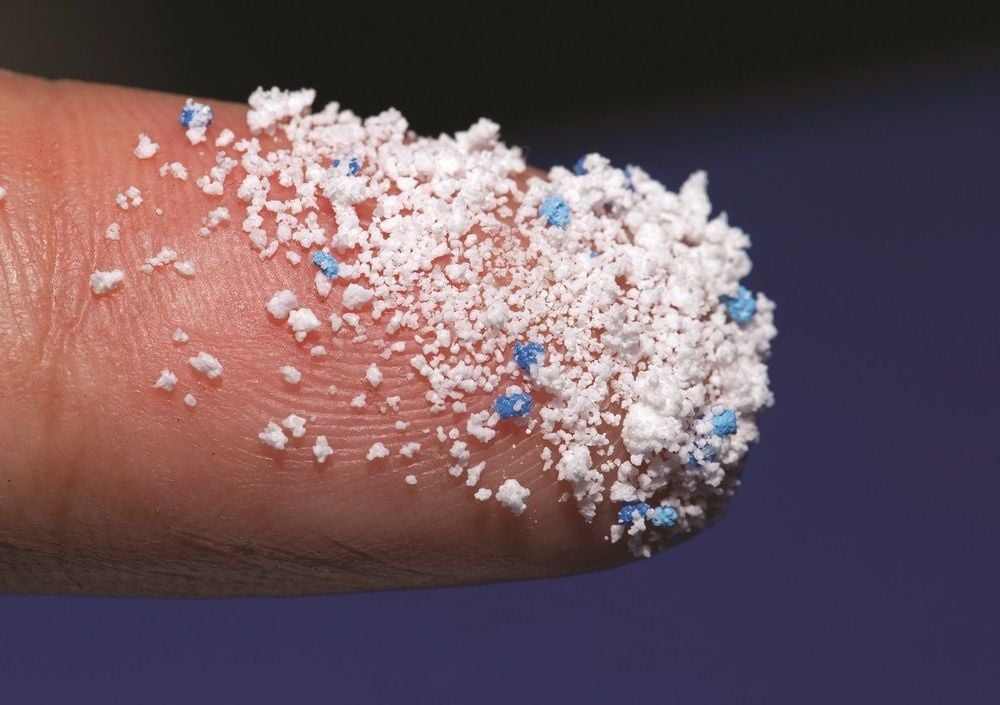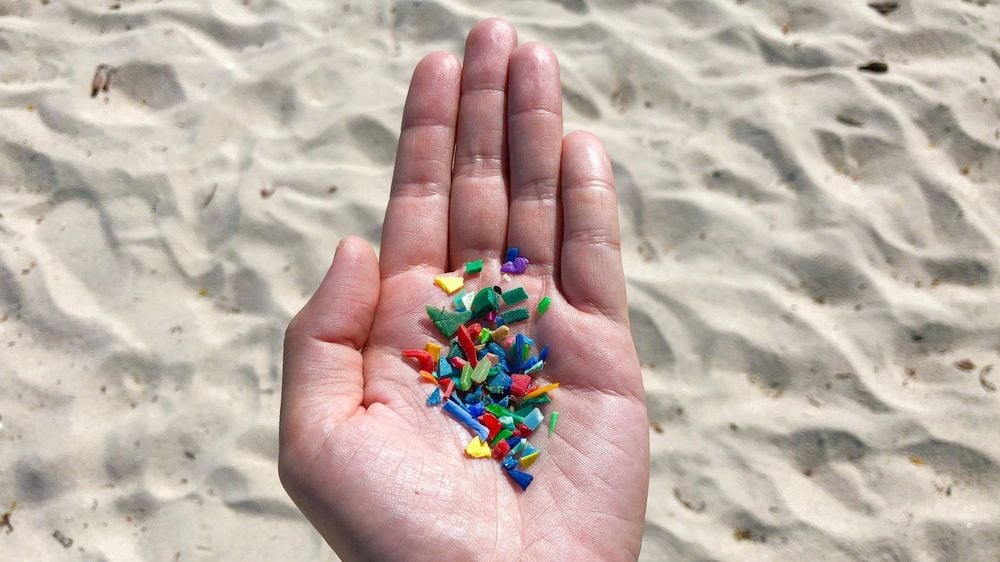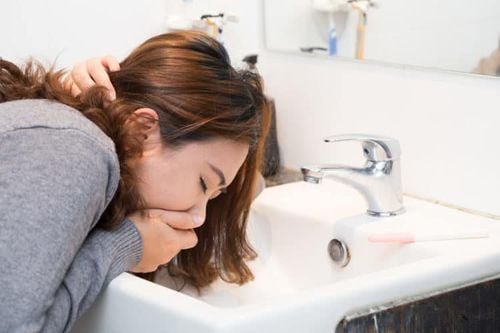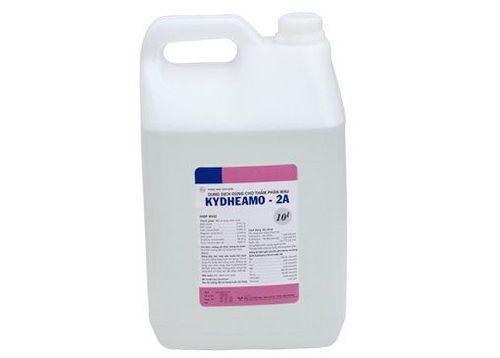This is an automatically translated article.
A comprehensive assessment of the impact of microplastics on the human body is not easy. Because there are so many types of plastic and depending on the individual's exposure to different lifestyles, you may be exposed to only a few microplastics per day, but it could be hundreds of different types.
1. What is microplastic?
Microplastics (microplastics) are pieces of plastic less than 05 mm in size. Some microplastics are this small as a result of the manufacturing process. Examples include abrasives for industrial sandblasting or beads used for facial scrubs. Microplastics can also be created over time as larger plastics break down.
As microplastics are created by natural processes, they will continue to break down until they are like dust. When they become this small, it is almost impossible to distinguish them from their natural environment. These tiny particles are everywhere, in water, soil, and even the air. It is not surprising that microplastics exist in food. On average, you can consume as much plastic as a credit card per week. The average American can eat, drink, and breathe more than 74,000 microplastics each year.
2. Impact of Microplastics on the body
A comprehensive assessment of the impact of microplastics on the human body is not easy. Because there are so many types of plastic and depending on the individual's exposure to different lifestyles, you may be exposed to only a few microplastics per day, but it could be hundreds of different types.
Microplastics affect us in 3 main ways:
Physically: When you swallow or ingest a piece of plastic, it is an object that disrupts your body's natural functions. Larger pieces of plastic can leave the body through elimination, but there have been cases where it has been absorbed or lodged in the stomach. Chemically: Plastic in small pieces can be absorbed into the body and cause poisoning. Environment favorable for microorganisms: Plastic can be a breeding ground for microorganisms. Eating plastic with microorganisms is not good for your body because those microorganisms can bring about a range of undesirable physical effects. There is not much current research on the effects of Microplastics on the human body, we only know that large pieces of plastic are eliminated by the digestive system and rarely smaller pieces of plastic are absorbed by the body.

Việc đánh giá toàn diện tác động của microplastic lên cơ thể người không hề đơn giản
3. How to reduce Microplastics?
There are many ways to reduce Microplastics consumption, but in reality a completely plastic-free lifestyle seems unlikely. You can change things as small as:
Put a fiber filter: Clothing is one of the world's biggest sources of pollution. Most of your clothes probably have polyester or other forms of microplastics in them. When you wash these clothes, the microfiber will leak into the water. One wash of clothes can release more than a million microfibers. To combat this, you can install a filter in your washing machine to catch these plastic particles. Then collect them again to dispose of them properly. You can also wash your clothes on a lower setting, hand wash or try to buy fewer synthetics. Stop or reduce single-use plastics: This is one of the methods of reducing Microplastics. If all the plastic breaks down into smaller pieces and doesn't biodegrade for years, think about not using single-use plastic. When you use them, try to make them valuable. Things like straws, cups, plates, and takeout containers accumulate both incrementally and consistently over time. Bring a coffee mug for takeout, sip your drink without a straw, and try to only buy takeout if it comes in a biodegradable bin. Reduce the use of products with microplastics: Toothpastes and facial scrubs are examples of products that contain microplastics. These particles can pass through filtration systems and travel long distances, even entering the water supply. By avoiding these products, you can reduce your exposure to Microplastics.

Có rất nhiều cách để giảm Microplastics tiêu thụ
In summary, there is not much current research on the effects of microplastics on the human body, we only know that large pieces of plastic are eliminated by the digestive system and rarely smaller pieces of plastic are absorbed by the body. . Let's reduce Microplastics by reducing single-use plastics and reducing the use of products with microplastics.
Please dial HOTLINE for more information or register for an appointment HERE. Download MyVinmec app to make appointments faster and to manage your bookings easily.
Reference source: webmd.com












